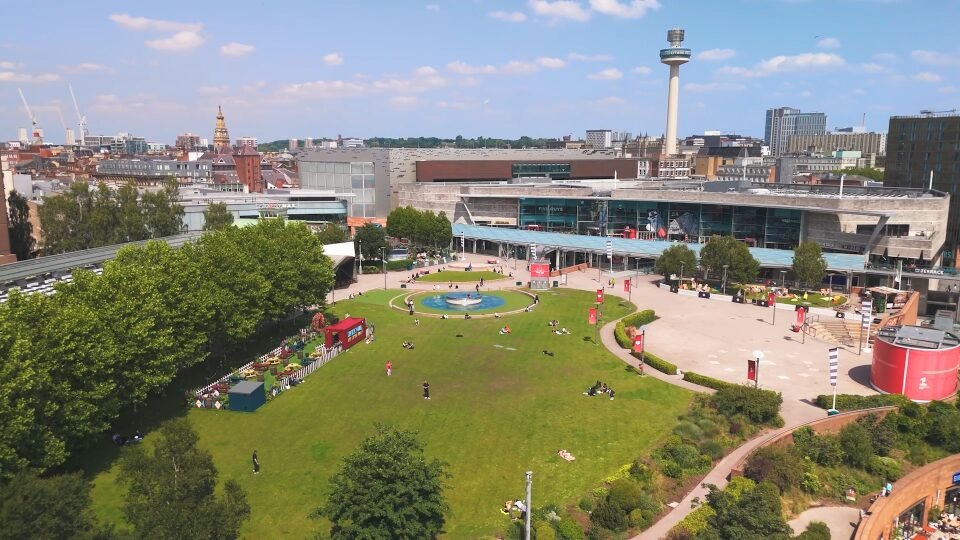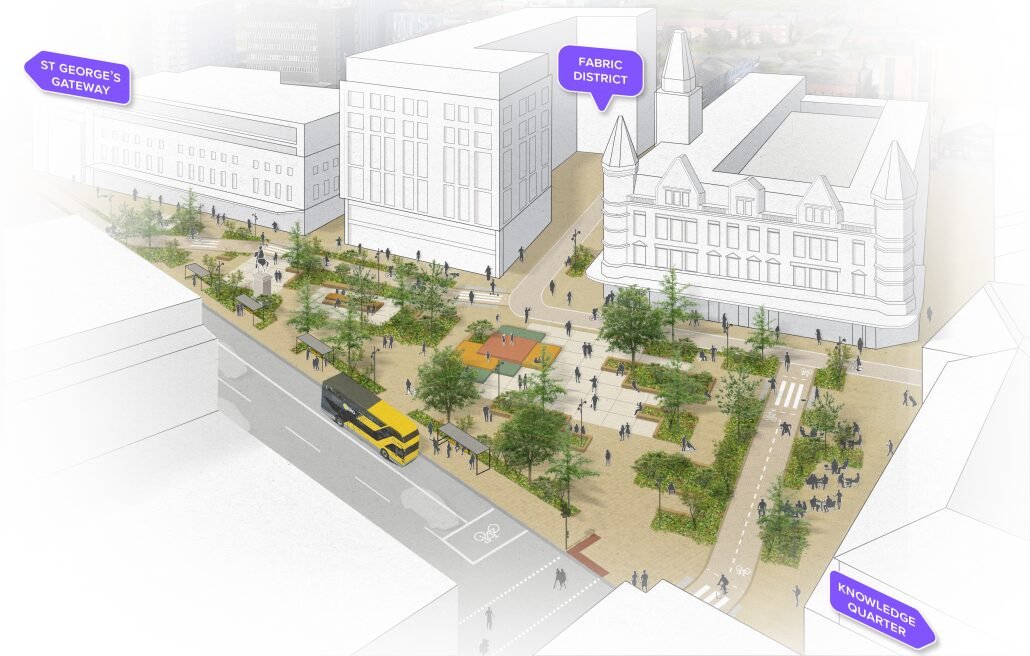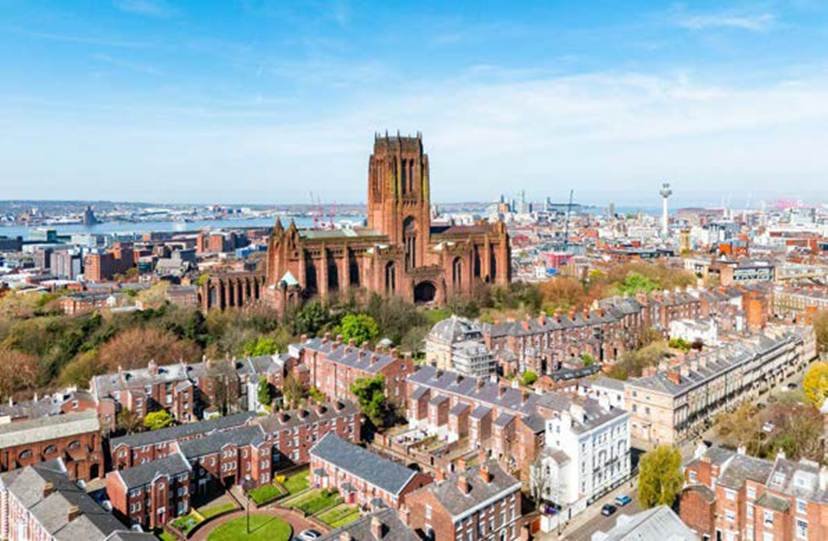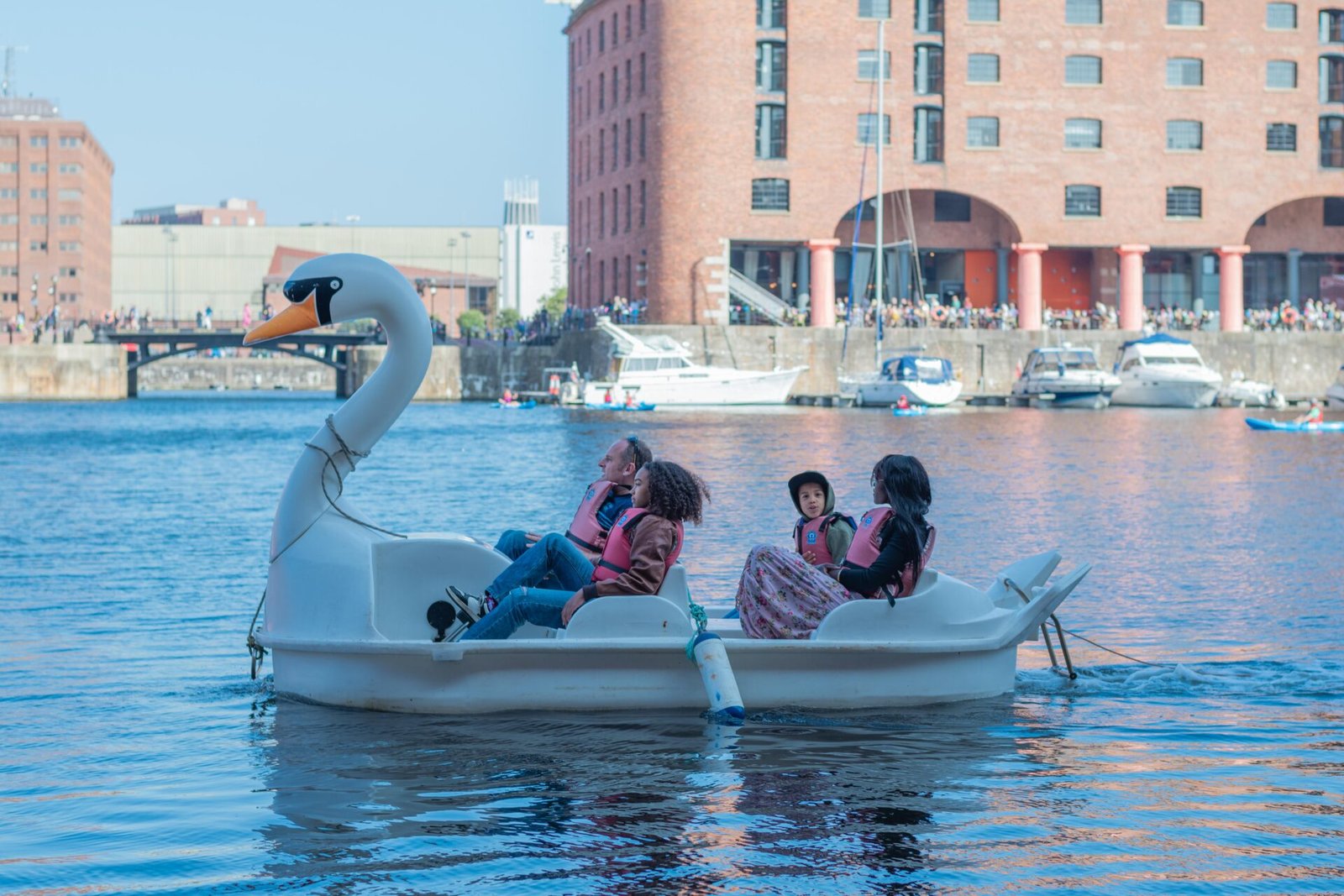Museum of Liverpool has partnered with The Liverpool Blitz Memorial Trust at St Nicholas’s Church to create a fascinating and moving trail that explores just some of the Liverpool waterfront and city centre locations hit during the Liverpool Blitz.
Photographer and creator of the popular social media account, Liverpool: Then and Now, Keith Jones, visited a selection of the sites featured in Museum of Liverpool’s exhibition, Blitzed: Liverpool Lives. Using the photographs taken by Liverpool City Police to document the terrible bomb damage and rescue missions that took place, Keith places himself as close as he can to the viewpoint of the original photographer to capture the same scene, as it is now, more than 80 years later.
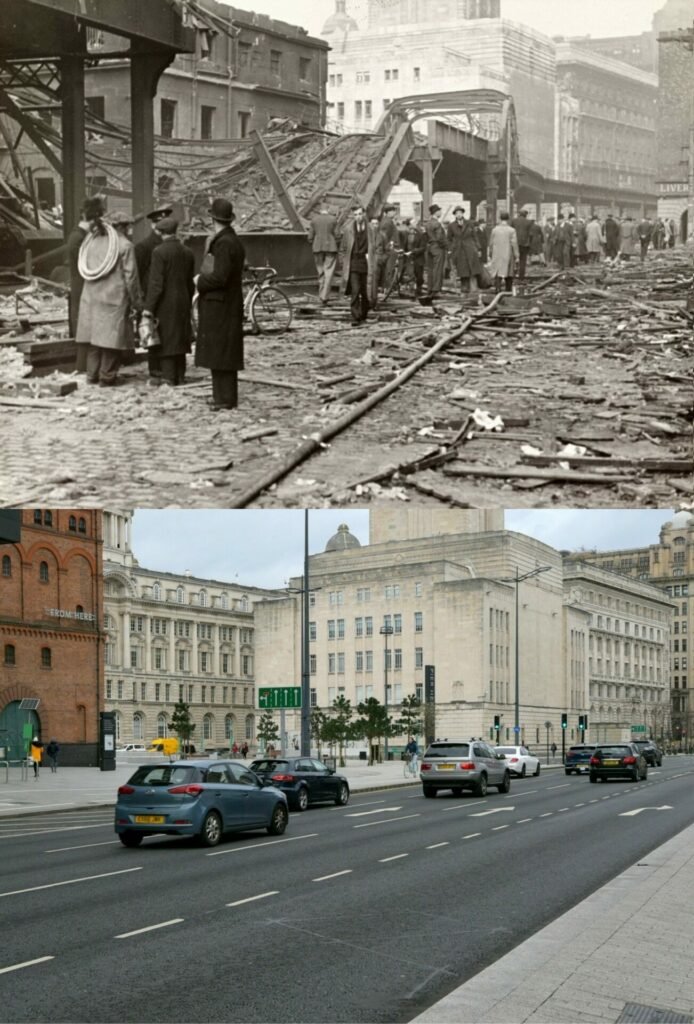
The result is a fascinating pair of images, comparing the devastation the Blitz wrought over Liverpool with the resilience and eventual regrowth of the buildings, businesses and the communities that now inhabit them.
Kay Jones, Lead Curator of Urban and Community History, said: “Keith’s photographs invite us to travel back in time when the streets and buildings we know so well looked very different, and the people who lived and worked in them were facing unimaginable fear and distress.
“Today these images feel particularly poignant while we’ve watched the war in Ukraine unfold and so many people around the world continue to face violence and oppression.
“We hope the trail will help encourage conversation and memories to be shared. This was a terrible period in our city’s history but we can make sure the struggle of the people who experienced it and the city they built back is never forgotten.”
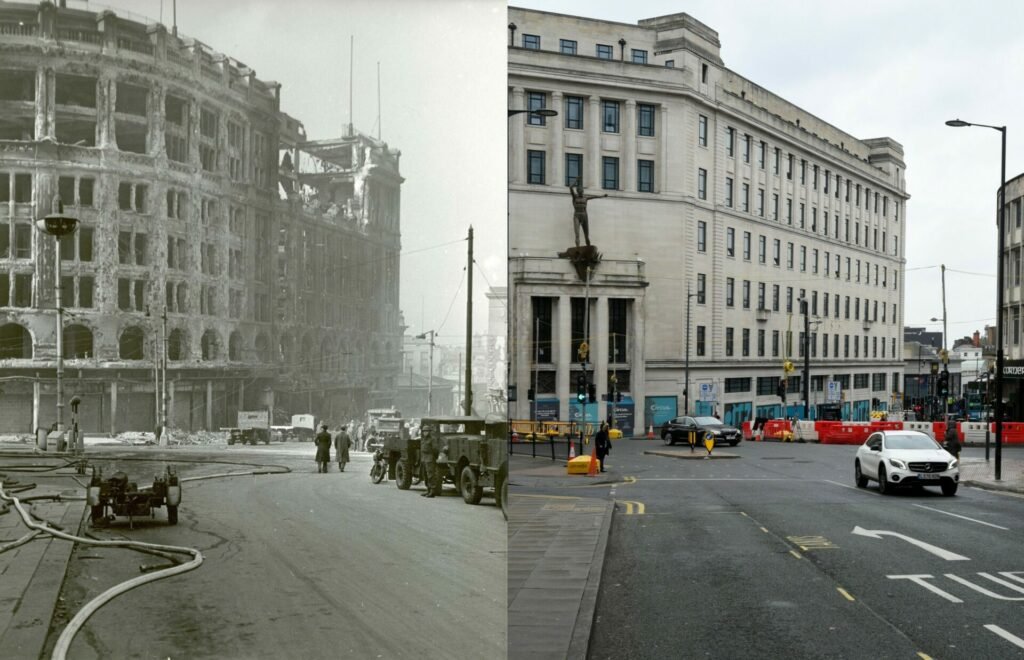
Keith Jones, photographer, said: “My photography explores the many changes the city has seen, but the images of destruction caused by the Blitz bombing, on display at the Museum of Liverpool, are particularly shocking. I was really pleased to be asked to be part of this important project and I hope my photographs show how the city has rebuilt itself since this terrible time. It’s an amazing testimony to the spirit of Liverpool.”
The trail can be picked up at Museum of Liverpool and Saint Nicholas, Liverpool Parish Church.
To accompany the trail National Museums Liverpool have produced an online film to help guide people on how to take care of their own objects and memories related to the Blitz, ensuring they’re preserved for future generations – available here.
There will also be workshops for people to learn from the museum team how to care for their objects and share their stories at the Museum of Liverpool on 10, 11 and 24th September from 1-3pm.
The exhibition, Blitzed: Liverpool Lives, at Museum of Liverpool, reveals the devastation the Blitz brought to the lives and city of Liverpool through more than 60 astonishing photographs taken by Liverpool City Police and the personal accounts of those who lived through it.
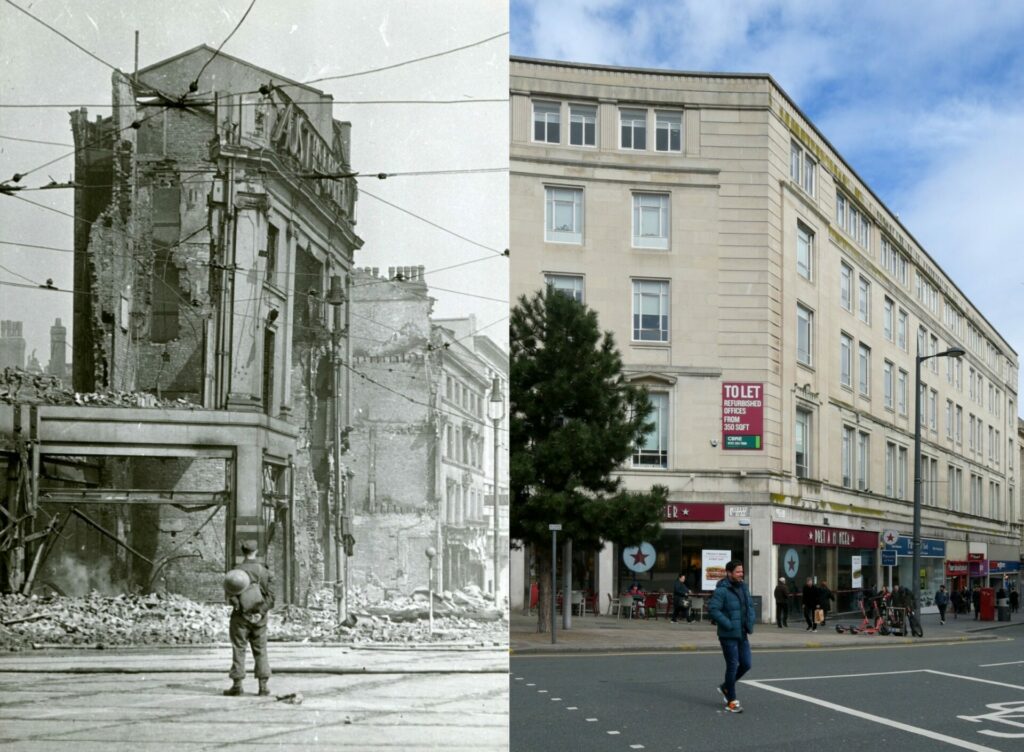
Liverpool Blitz
The Liverpool Blitz lasted from 1940 to 1942, with the heaviest period between 1-7 May 1941.
The Port of Liverpool and surrounding areas were key targets for German bombers. In Merseyside, an overwhelming 4,000 civilians were killed, 10,000 homes destroyed and 70,000 people made homeless.
Liverpool itself suffered the second highest number of civilian deaths in air raids in the country and due to censorship, press reports often didn’t tell the whole story.
Liverpool Blitz Memorial Trust
The Trust was established to provide a permanent memorial to those who lost their lives in Liverpool and Bootle in the Blitz of 1940-42. Designed by sculptor Tom Murphy and unveiled in 2000 by HRH the Duke of Edinburgh, the memorial is located in the gardens of St Nicholas, Liverpool Parish Church. Its base contains a copy, protected in stainless steel cylinders, of the official list of all those who died (reference copies of the list are available in the Parish Office and the Liverpool Central Library).




